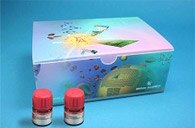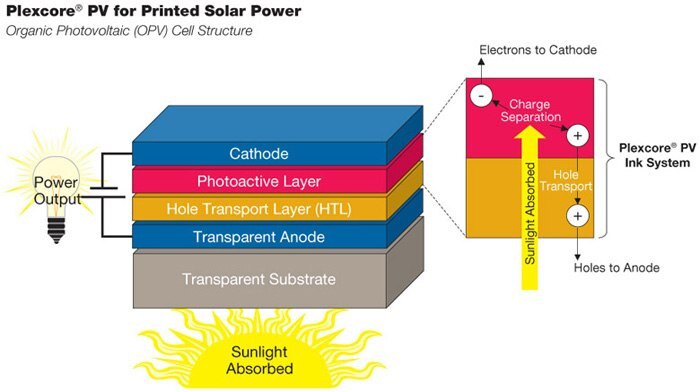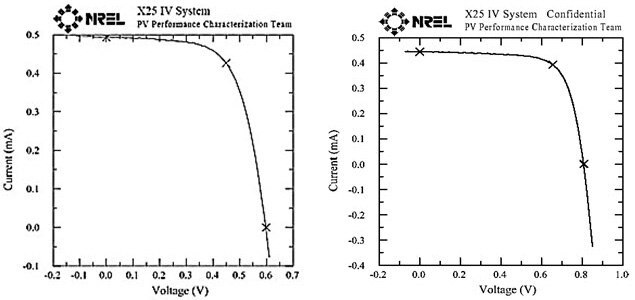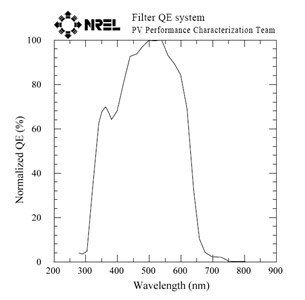Plexcore® PV Inks for Printed Solar Power System Applications & Advantages
Darin Laird1, Jia Choi2
1Director of Advanced Device Technology Plextronics, Inc. 2180 William Pitt Way Pittsburgh, PA 15238, 2Technical Product Specialist MilliporeSigma 6000 N. Teutonia Ave. Milwaukee, WI 53209
Introduction
Global energy challenges, caused by soaring demand, continue to drive the development of a cost effective and eco-friendly method to enable conversion of solar light into electricity. Decades ago, the primary approach to solar energy conversion was first-generation silicon-based technologies which are limited to large, on-grid installations. Among other second and third-generation photovoltaic technologies, organic photovoltaics (OPV) or organic-based solar cells have been extensively studied because of their mechanical flexibility, potential for low-cost, versatile chemical design and synthesis. Moreover, organic materials can be inexpensive, lightweight and easily processed, compared to silicon and inorganic-based solar cells.1 Along with these advantages, significant progress in both device efficiency and mechanistic understanding of the underlying physical processes has brought OPV technology closer to commercialization.2,3 In particular, in combination with printing technologies, the simplicity of high throughput, roll-to-roll (R2R) production of large volume OPV is expected to significantly improve cost reduction efforts.4 Recently, research and development of OPV has moved toward fully printed organic solar cells as a printable power source along-side or in conjunction with other printed organic electronics applications to realize the vision of self-powered electronic newspapers manufactured in the same fashion as paper newspapers are printed today.5-7
Plextronics Plexcore Technology
In the last decade, printed solar power has made significant advances in performance, such as high power conversion efficiency (< 1% up to 10.7%), and long term stability (hours up to years). Plextronics, Inc. is leading the way through the development of its materials and process technology for printed electronics, including printed solar power. In partnership with Plextronics, we provide Plexcore technology to researchers to accelerate studies that may help enable commercialization of printed solar power.

Figure 1.Plexcore PV ink system kit offered in our catalog
Plexcore PV is a ready-to-use ink system that consistently delivers world-class (>5%) organic-based performance as a printed solar power source. The system consists of two solution-processable inks, which are custom designed to work together: (1) a photoactive ink and (2) a hole transport ink (Table 1). The photoactive inks are based on poly(3-hexylthiophene) (P3HT):fullerene blends, denoted as PV 1000 and PV 2000. As shown in Table 1, Plexcore PV 1000 is based on P3HT:PCBM blend, while Plexcore PV 2000 is comprised of a P3HT:ICBA blend, for even higher efficiency OPV applications. The hole transport ink is based on sulfonated poly(thiophene-3-[2-(2-methoxyethoxy)ethoxy]-2,5-diyl) (S-P3MEET). The end-user can assemble standard or inverted architecture OPV cells with nearly any coating method on a suitable substrate. Once fabricated the end-user can choose its desired anode/cathode combination for optimization and scale-up to larger formats. These Plexcore PV systems do not contain heavy metals, such as those found in typical batteries and competitive inorganic photovoltaic technologies and are typically lower in cost than other photovoltaic material types due to Plexcore’s compatability to high-throughput, R2R printing processes for manufacturing.
Printed Solar Cell Applications
In printed solar cells, sunlight is absorbed in the photoactive layer, primarily by the conjugated polymer, P3HT in the case of Plexcore PV 1000 and 2000. This absorption of light creates excited state species (excitons) which can then separate into positive and negative charge carriers (as illustrated in Figure 2). Then these charge carriers flow to the conductive electrodes (cathode and transparent anode) in order to provide power to an external circuit. The hole-transport layer allows for extraction of positive charges from the photoactive layer by matching energy levels with the anode to create a low-resistance contact which is critical to organic solar cell efficiency.

Figure 2.Generalized Plexcore PV-based Organic Photovoltaic (OPV) standard cell structure. (Note: Inverted architectures can also be used effectively with Plexcore PV 1000 and 2000.)
The combination of the Plexcore PV inks in a printed solar cell is essential to consistently produce high efficiency devices, converting more sunlight into electrical energy as compared to other cost-effective commercial organic-based PV materials. Figure 3 shows a flexible organic photovoltaic module prepared by printing Plexcore PV 2000 ink system on a flexible substrate.

Figure 3.Flexible Organic Photovoltaic module, Plexcore PV 2000 coated using an optimized slot-die formulation
Plextronics has obtained National Renewable Energy Laboratory (NREL) certified efficiencies for OPV cells based on Plexcore PV photoactive layer and hole transport layer technology. Device performance data using Plexcore PV 1000 and 2000 ink systems are compared in Table 2.
Current (I)-voltage (V) plots of OPV devices made with Plexcore PV 1000 and 2000 materials are shown in Figure 4. OPV cells have been tested in non-UV protected outdoor glass-encapsulated modules at the NREL-SERF facility (Golden, CO) and have endured 1000’s of hours of solar exposure before failure.

Figure 4.I-V data of an OPV device made with Plexcore PV 1000 (Left) and PV 2000 (Right) ink system certified by National Renewable Energy Laboratory (NREL). Device Architecture: glass/ITO/ Plexcore PV HTL/ Plexcore PV photoactive layer/Ca/Al; Cell size= 0.1 cm2 with 0.043 cm2 aperture area, AM 1.5G light source.
A plot of normalized external quantum efficiency (EQE) data for the PV 1000 ink system is presented in Figure 5 and illustrates the absorbance profile of this ink system. EQE maximum values of 60-70% are possible with internal quantum efficiency (IQE) of such systems approaching 100%. For these types of organic PV systems, nearly every incident photon absorbed in the photoactive layer is collected as charge carriers (electrons and holes) at the corresponding contacts. Photons with wavelengths between 300 to 650 nm are readily absorbed by the PV ink system and show very high EQE values.

Figure 5.Normalized External Quantum Efficiency (EQE) spectrum of Plexcore PV 1000 from NREL. (Note: PV 2000-based OPV devices have comparable EQE profiles.)
Some of the advantages and characteristics that enable the Plexcore PV ink systems to propel the growth of printed solar power are listed in Table 3.
References
To continue reading please sign in or create an account.
Don't Have An Account?